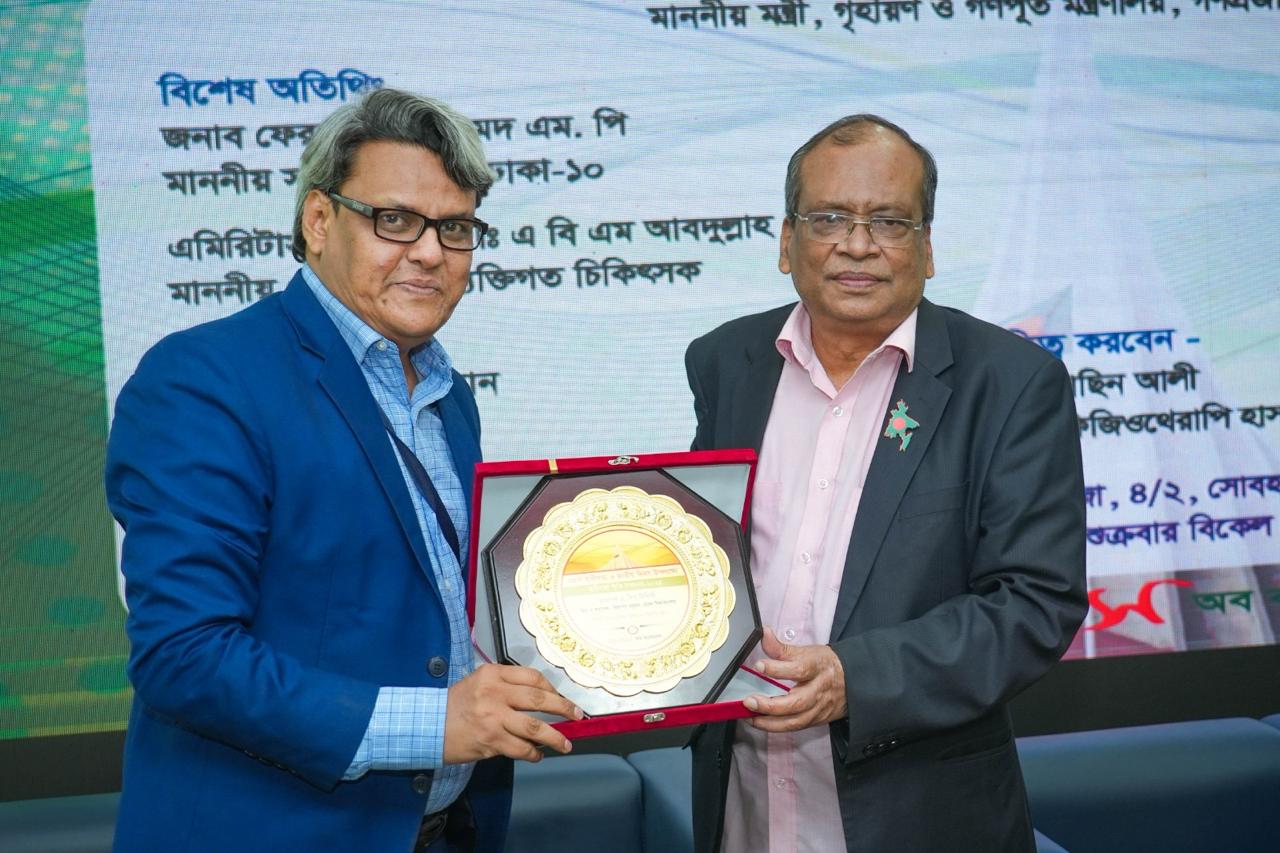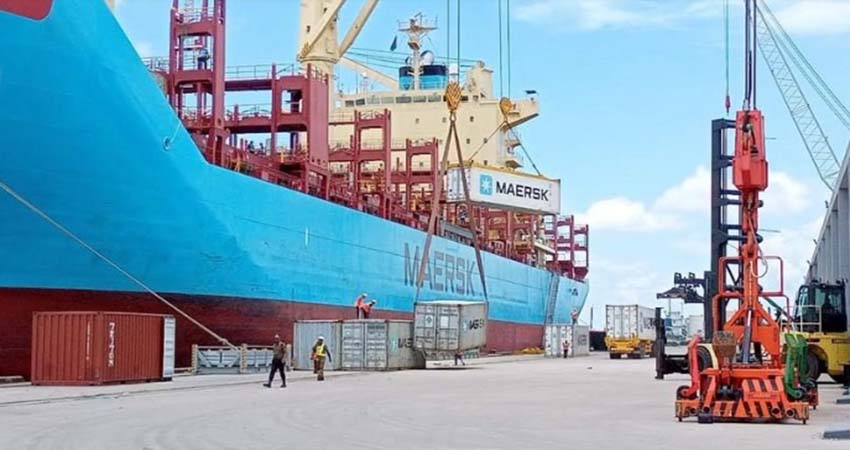Bangladesh is a riverine country and Hilsa is the national fish of Bangladesh. In 2017, Hilsa fish was recognized as a Geographical Indication or GI product of Bangladesh. According to Worldfish, 86 percent of the world's hilsa is produced in Bangladesh. It is very difficult to find a Bengali in the country and abroad who does not like hilsa. Hilsa is truly unmatched in taste and quality. Both the sea and the river are the breeding grounds of hilsa. In the past years, hilsa had almost disappeared, and in such a context, the breeding and production of hilsa has increased significantly due to various measures taken by the government, including the ban on mother hilsa hunting.
But the quality of water in Padma and Meghna rivers is gradually deteriorating in the breeding grounds of hilsa. At the same time, the amount of food required for hilsa is decreasing. Hilsa researchers say that this may have a negative impact on the breeding and production of hilsa. Hilsa production in the river has already decreased. One of the reasons is river water pollution. Government Fisheries Research Institute River Center in Chandpur has been testing the water quality for a long time in places where hilsa are found. The researchers of this institution monitor dissolved oxygen in water (DO-dissolve oxygen), pH, water and air temperature, hardness (alkalinity), ammonia content etc. every year. Fisheries experts say that pollution in the aquatic environment is harmful to any fish. However, hilsa is a very sensitive fish and hilsa cannot take small changes in environment due to pollution. Hilsa can change its course. An increase in ammonia in the water can alter the food requirements of hilsa.
Dissolved oxygen or DO is one of the regulators of water quality in Hilsa range. If DO content is less than five milligrams per liter, it is considered less suitable for the aquatic environment. Research has shown that DO values have declined in Padma over the past five years. The average value of DO in Padma water was 8.70 in 2018 and has been decreasing almost every year since then. DO value in 2022 was 5.41. The average value of DO in Meghna in 2018 was 8.40 percent and it decreased to 6.84 percent in 2022. Ammonia is a chemical compound composed of nitrogen and hydrogen, where the water quality is good, its presence should be zero. The average presence of ammonia in Padma water in 2018 was 0.4 percent and it was the same in last year. But the average presence of ammonia in Meghna water is 0.21 percent and it was 0.27 percent in the last year. On the otherhand, pH is a measure of acid and alkalinity. A pH of 7.5 to 8.5 but not below 7.0 is required for an aquatic environment. The average presence of pH in Padma river was 8 and last year it decreased to 5.47. Meghna had a pH of 8.13 in 2018 and water temperature in Padma increased from about 25 to 30 degrees between 2018 and 2022. At this time, however, the water temperature in Meghna decreased from 27.40 to about 27.
Researchers say that the habitat of hilsa is being destroyed due to river water pollution. This can be due to either environmental or water pollution. Because about 36 percent sand-mud was found in the stomach of hilsa. This means that there is sand and mud in the water. It is not their food. They filter water and eat but because there is sand and mud in the water, it is going to their stomach. But then it is not digested. Moreover, the mother hilsa is laying eggs at a young age and this is definitely a concern. Because when this fish spawns, it is not matured for normal reasons. Hilsa researchers have advised the government through the project to extract up to seven lakh tons of hilsa in the next two to three years. Doing more than this can affect the natural reserves that are available.
Researchers say, due to water pollution and genetics, the size of hilsa caught in the country's rivers is gradually getting smaller. The size of the ovaries of fish is also getting smaller. It reduces the amount of eggs. Hilsa, born from the eggs of small fish, is also shriveled. Many of these fish lay eggs at a young age. Hilsa born from that egg is also small in size. The information of the Hilsa Research Strengthening Project says that the annual maximum sustainable production of Hilsa in the country's rivers and seas is 7.705 lakh metric tons. There is a danger of damaging the natural stock of hilsa if more fish are harvested than this. This will have a negative impact on hilsa breeding in the future.
Every year March and April, during these two months fishing is prohibited in the said sanctuary. Fishing, selling, marketing, storage and transportation are strictly prohibited during this time. Unlike other fish, the hilsa does not require grass, hay, straw, husks or feed. There is no medical cost for hilsa, no need to import from abroad, nor is hilsa cultivated in ponds. Hilsa is our national fish. Hilsa only needs proper breeding, food assurance from natural sources and proper growing environment. Hilsa is a renewable natural resource and has immense importance in the country's economy. Moreover, hilsa is more sensitive than other aquatic animals and hilsa cannot accept small changes in environment caused by pollution. Therefore Hilsa may change its trajectory and this is definitely a concern for Bangladesh and for that, the concerned authorities should ensure that the river is free from pollution, only then the breeding and production of hilsa will increase.
The writer is a Banker and Columnist



















